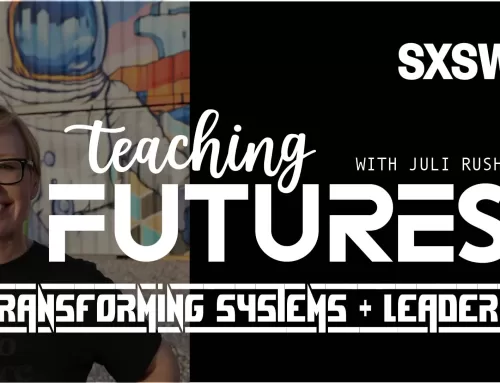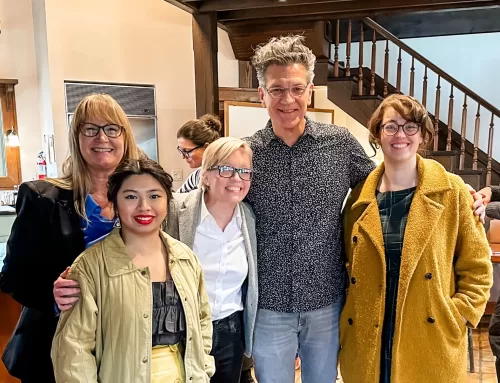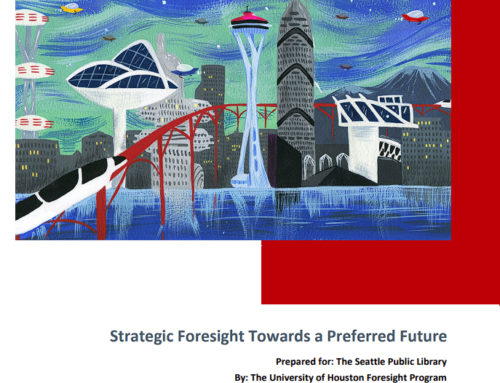Contributor Chris Feriante
Beginning in my first semester of the Foresight Masters program at the University of Houston, I have been asking my professors how foresight has been kept such a secret for eight-plus decades and why it is so often approached in isolation of other closely related disciplines. Now, at the close of my second semester, for a total of eighteen graduate hours in the program, I am still asking such questions. So, I will make my case for a different approach to the practice of foresight and welcome responses of seasoned futurists to show me where I have gone astray and invite them to lead me a more enlightened state.
Life. liberty, and property is the ageless trifecta. Take any of the three away and the remaining two are next to (if not totally) useless. As I apply this to foresight, I see the trifecta as efficiency, innovation, and foresight. Lack of efficiency leads to redundancy, waste, confusion, chaos, and ultimate failure. Lack of innovation leads to obsolescence and to at best managed one’s decline. Lacking either or both efficiency and/or innovation leads to no viable future and thus no need for the tools and skills that foresight offers.
Here is a pet peeve that grows out of the logic of the preceding paragraph. During one of my first classes, the professor went to great length describing the interaction of the futurist with client leadership and staff, attempting to create buy-in by eliciting from the client key drivers or triggers to establish a baseline and alternate futures. I, being who and what I am, asked why one would ask or involve the uninitiated, the unclean, and the impure in formulating a base-line future? Why go to those who are incapable of seeing future consequences and impending death threats? To my professors’ credit, I have always received clear, concise, and patient responses which I will not include here because the responses do not advance my narrative and because this is my blog post. (Yes, you are right. I was a problem child, and I am hell to live with.)
Not winning over any professor yet, I have lately followed up with why stop with foresight? Why paint the pictures of the promised land and then let someone else take them there? Why not offer the complete package? Why leave it to someone else incapable of seeing the future vision? It makes no sense to me. Who is there better to trust than the one capable of discerning, quantifying, delineating, and conceptualizing the future touchstones on the way to the “promised land,” meaning having a company capable of remaining relevant in tomorrow’s marketplace.
I admit that I have no idea what I don’t know regarding foresight. However, my ignorance isn’t stopping me from being a “foresight scientist.” A few months ago, I painted a picture of a baseline future surrounded by alternate futures to a board of directors. The images included efficiency (Six Sigma) and innovation (Innovation Engineering). The CEO asked what it would cost to create what I helped them see as their future. I asked: “What is it worth to you?” The CEO stated a mid-seven figure number as he looked at the board who each nodded in the affirmative. I said OKAY, and that was it. (After they agreed, I tossed in helping them keep the increased profits.) Wanting to be sure it was not merely a one-off, I am doing the same thing with another company and getting the same results. The beauty of it is that I don’t have to deal with foresight for at least a year as I work through the first two elements of the “foresight trifecta.” (That is what I am now calling it – nice ring.)
I know that I am an old man who doesn’t know much who is just out having fun with a new toy. I also know that even a broken watch shows the right time twice a day. As foresight continues to come into its well-deserved own, why shouldn’t futurists nudge its development. Futurists today have the skills and tools to create their own destiny in the emerging futures that surround them.




